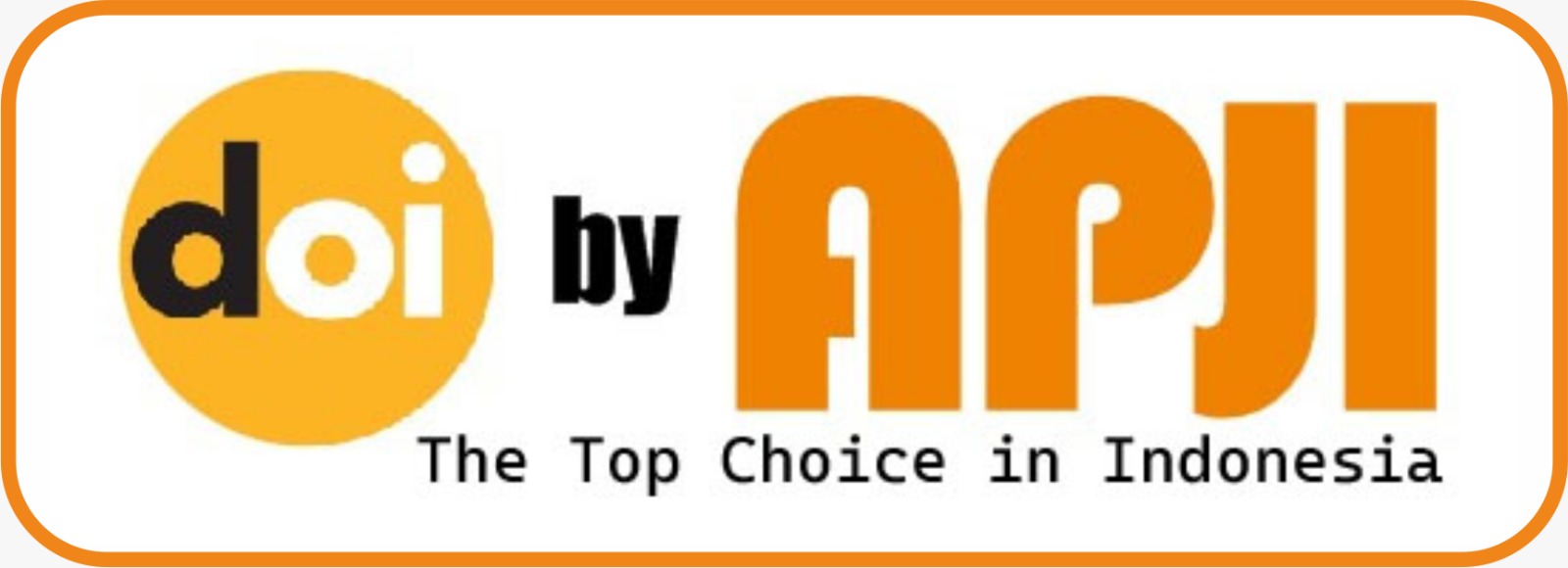Differences in Serum Blood Sugar Levels that were Directly Checked and Delayed for 1 Hour at Room Temperature using a Gel Separator Vacuum Tube
DOI:
https://doi.org/10.69930/fsst.v2i1.236Keywords:
Blood sugar levels, direct examination, postponed for 1 hour, serum glucose levels, statistical analysisAbstract
Blood sugar testing is essential for diabetes management and should be fast, accurate, and affordable. This study aims to determine the difference in blood sugar levels between immediate and delayed (1-hour) serum examinations using vacuum gel separator tubes at Prof. Dr. H. M. Anwar Makkatutu Bantaeng Hospital. An observational laboratory research with a comparative quantitative design was conducted on 23 purposively selected patients undergoing routine check-ups, without a history of diabetes mellitus. Blood samples were analyzed immediately and after a 1-hour delay at room temperature. Results showed that in immediate examinations, blood sugar levels ranged from 79 to 161 mg/dL, with a mean of 109.26 mg/dL. In delayed examinations, levels ranged from 81 to 164 mg/dL, with a mean of 111.74 mg/dL. Statistical analysis revealed a significant difference between the two groups (P < 0.05). The findings suggest that delaying blood sugar testing by 1 hour can lead to measurable changes in serum glucose levels, emphasizing the importance of timely sample processing in clinical settings.
References
Andhini, N. F. (2017). Spectrophotometer. Journal of Chemical Information and Modeling, 53(9), 1689–1699. Retrieved from http://repository.unimus.ac.id/3183/4/BAB-II.pdf
Asmar, M. (2025). Gambaran hasil quality control pemantapan mutu internal (PMI) pada alat hematology analyzer dengan parameter pemeriksaan hemoglobin di laboratorium RSUD H. Andi Sulthan Daeng Radja Bulukumba. Jurnal Sains Dan Kesehatan Terpadu, 1(1).
Awalia, R., Ridwan, A., & Islawati, I. (2024). Gambaran kadar gula darah penderita tuberkulosis (TBC) di RSUD H. Andi Sulthan Daeng Radja Kabupaten Bulukumba. Jurnal Medisains Kesehatan, 5(2), 77–86.
Bulele, E. Y. (2016). Analysis of the influence of store image, service quality and product availability on purchasing decisions at the Gramedia Manado bookstore. Journal of Economics and Business, 16(3), 258–269.
Cholilalah, R., Arifin, R., & Islah, A. I. H. (1967). The first No Title No Title No Title. Angewandte Chemie International Edition, 6(11), 951–952.
Dio, L., & Yustanti, W. (2016). Extension of the shelf life of sugarcane juice using preservatives and gamma radiation. Revista CENIC. Biologic Sciences, 152(3), 28.
Elfira Jumrah, Islawati, I., & Salnus, S. (2024). Identification of endophytic bacteria by 16S rRNA analysis. Jurnal Sains Dan Teknik Terapan, 2(2), 70–77. Retrieved from https://journal.akom-bantaeng.ac.id/index.php/jstt/article/view/55
Fahmi, N. F., Firdaus, N., & Putri, N. (2020). The effect of delay time on random blood glucose levels using the POCT method in students. Scientific Journal of Nursing Science, 11(2), 1–11.
Fitriyani, I., & Wibowo, S. (2022). Reduction of blood glucose levels carried out directly, delayed 1, 3, and 6 hours in serum stored at a temperature of 2-8°C. Jurnal Medika Husada, 2(2), 24–31. https://doi.org/10.59744/jumeha.v2i2.27
Immigration, U.-UN 6 T. (2011). No Title. Phys. Rev. E, 24.
International Diabetes Federation. (2021). IDF Diabetes Atlas, 10th edition. International Diabetes Federation. Retrieved from https://diabetesatlas.org
Kutlu, T. (2023). Effect of examination time delay on blood glucose levels using a vacuum gel separator tube. Journal of Biology and Health, 4(1), 88–100.
Nurfalah, R. (2022). The relationship between glycemic food consumption and blood sugar levels in the elderly at the Posbindu in the working area of the Darma Health Center, Kuningan Regency. Indonesian Journal of Nutrition, 2008(3), 7–26.
Rahmatunisa, A. N., Ali, Y., & MS, E. M. (2021). Comparison of blood glucose examination results in serum immediately and delayed for 24 hours. PREPOTIF: Journal of Public Health, 5(2), 1180–1185. https://doi.org/10.31004/prepotif.v5i2.2112
Ramadhani, Q. A. N., Garini, A., Nurhayati, & Harianja, S. H. (2019). Differences in blood glucose levels when using serum and EDTA plasma. Indonesian Biomedical Journal, 3(2), 82–95.
Rahmi, R. (2012). Poltekkes Kemenkes Yogyakarta | 9. Health Journal, 6(6), 3. Retrieved from http://eprints.poltekkesjogja.ac.id/1134/4/4.Chapter2.pdf
Santi, D. O., Rosita, L., & Cahyaningrium, Y. D. (2011). Effect of temperature and storage time interval of serum samples on blood glucose level measurement. Indonesian Journal of Medicine and Health, 3(8), 39–48.
Sugiono. (2019). Chapter III research methods. Journal of Accounting and Finance, 3, 1–9.
Syamsinar, S., Aryandi, R., & Islawati, I. (2025). Description of calcium oxalate crystals in urine based on degree of dehydration. Hayyan Journal, 2(1), 37–43.
Tancini, F., Wu, Y. L., Schweizer, W. B., Gisselbrecht, J. P., Boudon, C., Jarowski, P. D., Beels, M. T., Biaggio, I., & Diederich, F. (2012). 1,1-Dicyano-4-[4-(diethylamino)phenyl]buta-1,3-dienes: Structure-property relationships. European Journal of Organic Chemistry, 1(14), 2756–2765. https://doi.org/10.1002/ejoc.201200111
Wahyuni, M. A. D. (2018). Differences in carbohydrate consumption levels and blood glucose levels for morning and evening duty health workers at Wangaya Regional Hospital. Denpasar Health Polytechnic, 6(2), 6–15. Retrieved from https://kink.onesearch.id/Record/IOS7030.1211
Yusuf, B., Nafisah, S., & Inayah, N. (n.d.). Literature review: Fasting blood sugar in diabetes mellitus.
Zhou, B., Lu, Y., Hajifathalian, K., et al. (2022). Global burden of diabetes and its risk factors, 1990–2019: A systematic review and meta-analysis. The Lancet Diabetes & Endocrinology, 10(10), 655–677.



















